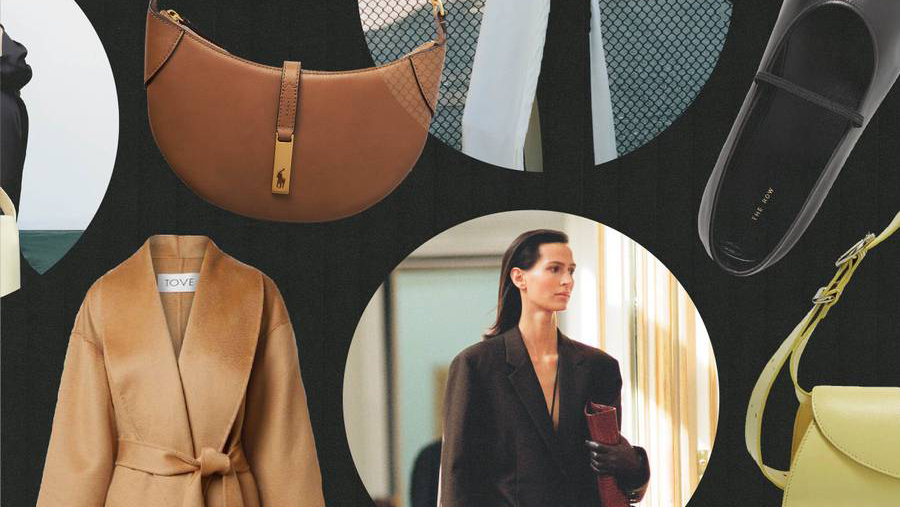The 22nd edition of the Bain & Company Luxury Study forecasted the global personal luxury goods market will grow 4 percent on a currency-neutral basis to €362 billion ($393 bn) in 2023, below a forecast between 5 percent to 12 percent the consultancy published in June. With weak consumer confidence, macroeconomic tensions in China and little signs of recovery in the U.S., low-to-mid single-digit growth is expected in 2024.
The softening of global demand for personal luxury goods follows two straight record years as the luxury sector has been benefiting from a post-pandemic rebound as social occasions and travel have recovered.
“This is a defining moment for brands, and the winners will separate themselves through resilience, relevance, and renewal—the basics of the new value-centered luxury equation,” said Claudia D’Arpizio, a Bain & Company partner and leader of Bain’s global Luxury Goods and Fashion practice, the lead author of the study. “The luxury market is generating positive growth for 65-70 percent of brands in 2023, compared to 95 percent in 2022. To stay in the game, it will be crucial for brands to take bold decisions on behalf of their customers.”
The estimated €362 million in spending on personal luxury goods remains well above pre-pandemic levels. Bain estimates global spending on personal luxury goods was €281 billion in 2019 before collapsing to €220 billion in the first year of the pandemic in 2020 before rebounding to €290 billion in 2021 and accelerating further to reach €349 billion in 2022.
The wider global luxury market — including personal luxury goods and categories such as fine art, hospitality, cars and cruises — is expected to grow by 11-13 percent to €1.5 trillion ($1.63 tn) in 2023 as brands lean into experiences and see an uptick in sales across most geographical markets.
Regional Perspective
The study, conducted in collaboration with Italian luxury goods body Fondazione Altagamma, shows global luxury tourist purchases have nearly reached pre-pandemic levels, with untapped potential remaining in many areas.
“Europe has enjoyed a progressive pickup in tourism, driving growth across countries, with long-haul resort locations attracting high spenders alongside key luxury cities,” Bain’s study notes. “Even if local aspirational customers were impacted by macroeconomic instability, stable top-customer pools maintained positive momentum contributing to market growth.”
In the Americas region, luxury tourist purchases have seen a deceleration throughout the year, posting an 8 percent drop from 2022.
“Widespread uncertainty continues to impact aspirational customers’ spending,” Bain stated. “Top customers remain confident but have maintained their spending abroad, as the U.S. dollar remains strong against the Euro and price differentials favor overseas purchases.”
Strength in luxury spending was seen in Saudi Arabia and Australia.
“Mainland China posted a strong performance after its first quarter reopening but slowed progressively as new macroeconomic topics arose,” Bain said. “Hainan is poised to grow as a bright luxury hub, set to become an entire duty-free island by 2025.”
Japan was described as “booming,” thanks to “sound local customers” and a weak Japanese yen that favors tourist dollars. Conversely, South Korea has faced challenges due to strong currency as well as unfavorable macroeconomic headwinds. Bain stated, “Southeast Asian countries experienced positive momentum, thanks to strong intraregional tourism and growing interest from local consumers, especially in Thailand.”
Category Perspective
By category, jewelry has been a standout performer, “fueled by an investment mindset.” Ready-to-wear is delivering positive growth, “favored by top spenders on the ultra-high offer, with unfolding demand for excellence and durability.”
Beauty, driven by make-up and fragrances, is enjoying positive momentum, while watches continue to “thrive, despite a rising polarization around few industry winners.” Leather goods sales are slowing after an overperformance in recent years.
Among channels, monobrand environments are seeing stronger results than multi-brand retailers with their strength attributed to consumers seeking out physical experiences with brands as well as the increasing role of clienteling in sales. Bain wrote in the study, “Physical and digital experiences are increasingly blending, requiring brands to deliver excellence in the experience across the whole consumer journey. Conversely, multi-brand environments suffer sharp slowdown in both department and specialty stores, with rising questions on how to evolve their value proposition to best serve consumers’ needs.”
Luxury Market In 2030: What’s Next?
Looking ahead to 2030, “solid fundamentals “are poised to continue to drive growth in the luxury sector, “despite possible bumps along the route.”
By 2023, Chinese customers are expected to account for 35-to-40 percent of the personal luxury goods market, while Europeans and Americans together will represent 40 percent. Online and monobrand channels are expected to account for two-thirds of the entire market by 2030. By 2030, Gen Z’s luxury spending is expected to account for 25-30 percent of luxury market purchases, while millennials will account for 50-55 percent.
Bain said that brands will have to focus on providing differentiation and “meaningful experiences” across the customer journey.
“Maintaining a purposeful approach will continue to be pivotal to long-term success. In an increasingly crowded market, brands must focus on creativity and innovation to enhance relevance to consumers, with the ultimate goal of cultivating a base of brand lovers to broaden their reach,” Bain concluded in the study. “Mastering short-term challenges is simultaneously critical. Brands must instill responsiveness and adaptability as guiding principles in their operations. This involves introducing flexibility in the business structure and optimizing governance and processes for efficiency.”
Photo courtesy Net-a-Porter
















